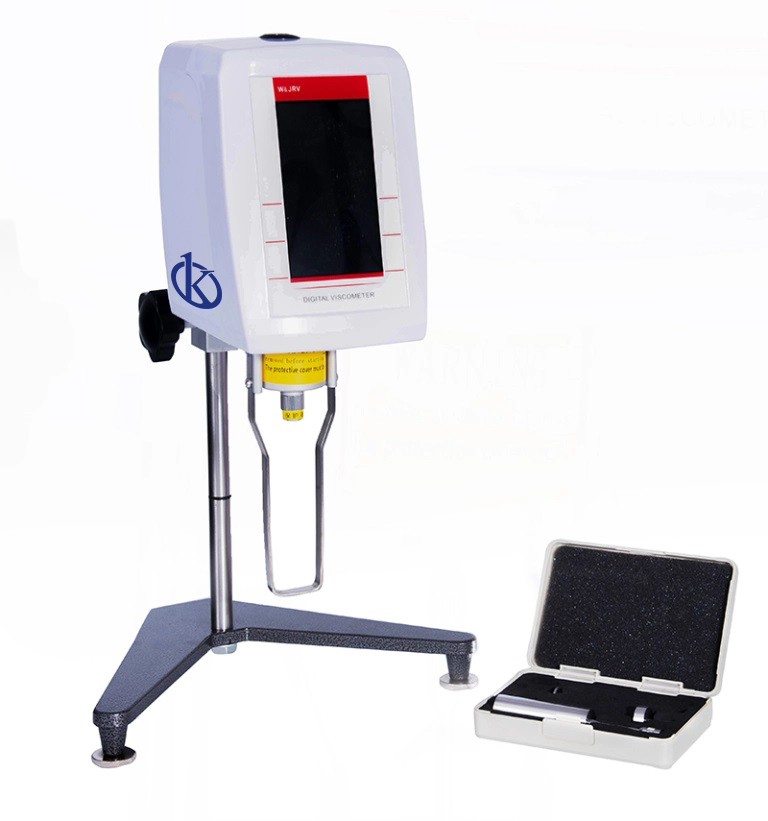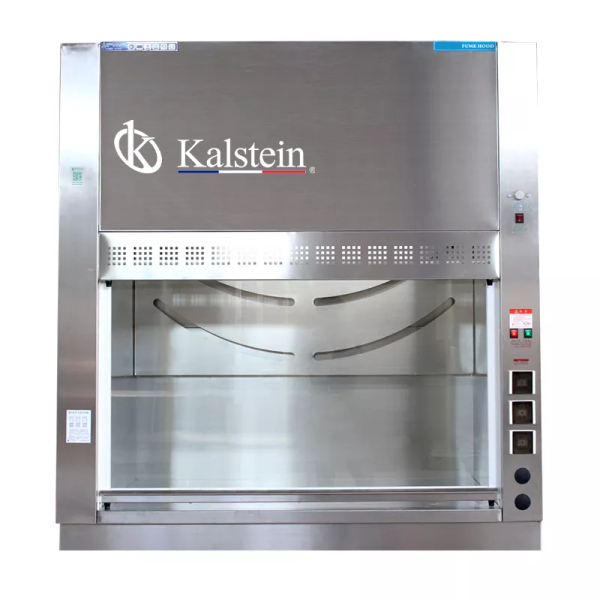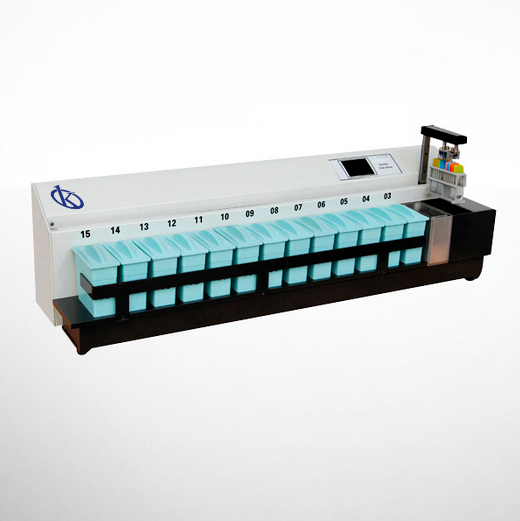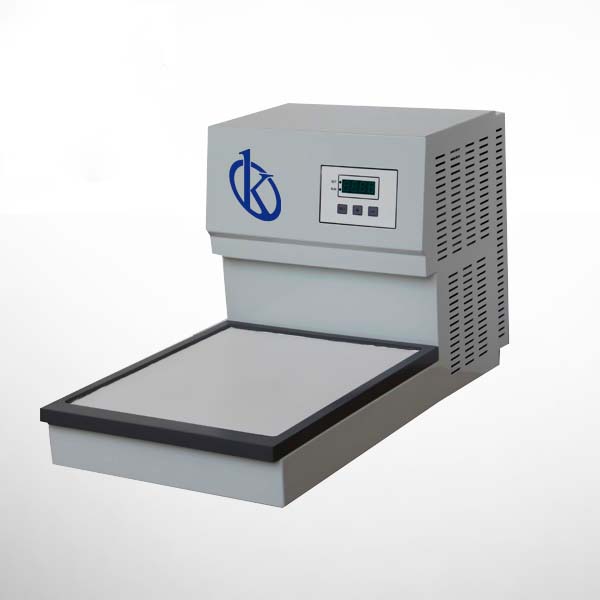Viscosity is an important parameter in the textile industry. For example, in the production of rayon, particularly before and during the spinning phase of rayon fibers. The fibers of this material are made of pure cellulose and for its elaboration, cellulose is transformed into continuous filaments, in a process that must be controlled.
A low viscosity value directly affects the quality of the filament, while a high value increases the energy effort required. With proper monitoring of this parameter, the optimal time for wet spinning can be identified.
Viscosity is also important during textile printing. The quality of color images, sharpness and brightness, depends on several factors, including the viscosity of the paste used for printing. For example, when high-speed roller printing is done and the viscosity of the stamping paste is very high, the color is likely to only reach the surface of the fabric and not the deeper surfaces, due to the short time available for transfer of the stamping paste, from the roller to the fabric. Another problem linked to a high viscosity of the printing paste, is that after the cleaning process of the fabric, it becomes difficult.
Is it important to know the viscosity of textile coating materials?
The determination of viscosity allows the identification of the optimal variables for the choice of the coating application method, the processing temperatures, the curing/setting speeds and conditions. Viscosity can affect the amount of coating applied to the fabric, the uniformity of the coating application, if it splashes when placed at a high speed, speed of application, among others.
High viscosity coatings will require more powerful pumps to move and flow, while low viscosity coatings will be easier to handle, but probably will not provide coating layers with the proper thickness and require further applications to achieve the desired thickness.
How to determine the viscosity of textile coating materials?
Viscosity can be defined as the resistance of the molecules that form a liquid to separate, due to their adhesive forces. Monitoring this property is essential, as it affects the performance of the liquid. For example, during pumping or channeling, or their ability to submerge and coat other elements.
This property is measured through the viscometer, an instrument that in addition to measuring the viscosity of liquids, allows assessing the flow properties of liquids. This equipment has various applications and can be used in different substances and materials, among them textile coating materials.
Kalstein Viscometers
At Kalstein we offer a wide variety of YR series viscometers, with models that you can choose according to the needs of your industry. Kalstein equipment offers stability, accuracy and precision in the measurements made. In addition, they are designed with an LCD screen that facilitates the configuration and display of the parameters of the measurement being made. For more information on Kalstein viscometers, visit the HERE
We are manufacturers, so in Kalstein you can make the purchase of viscometers at advantageous prices. For more detailed information, visit HERE




